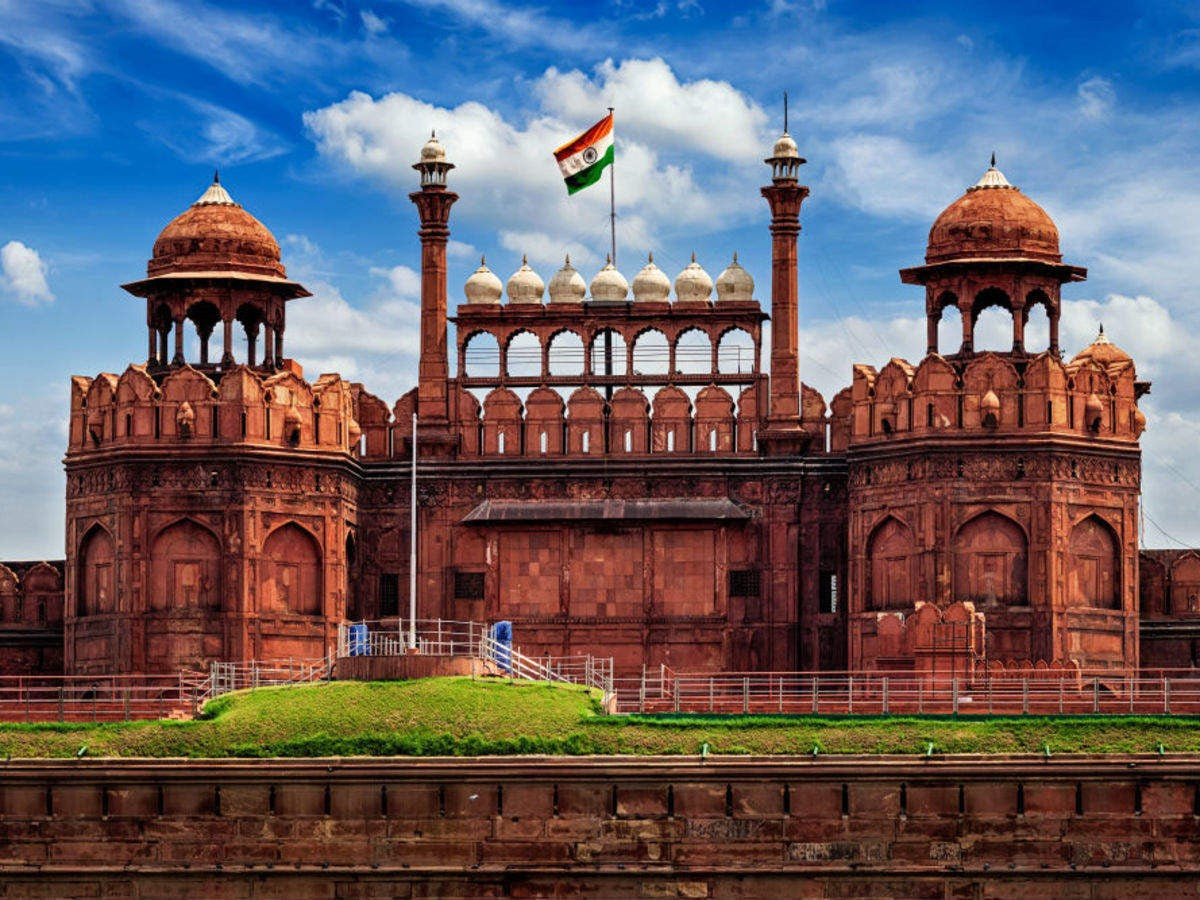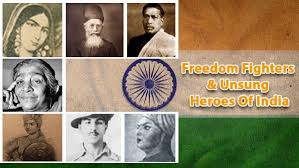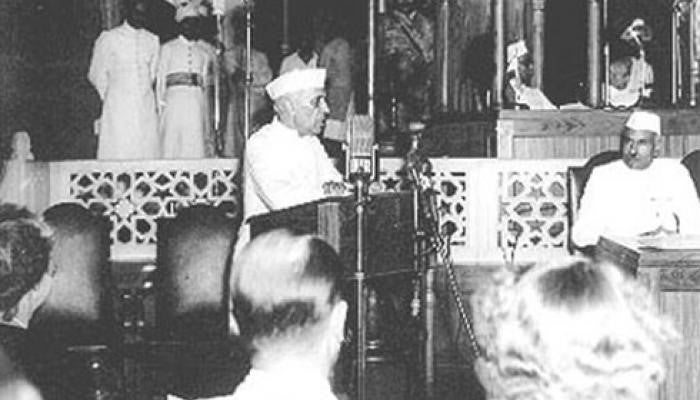
THE SIGNIFICANCE OF THE RED FORT ON INDEPENDENCE DAY
The Significance of the Red Fort on Independence Day
Every year on August 15, India commemorates its Independence Day with the hoisting of the national flag at the iconic Red Fort in Delhi. This longstanding tradition, initiated by Prime Minister Jawaharlal Nehru, holds great significance in India's journey towards self-governance and liberation from colonial rule.
About the Red Fort
- Historical Construction: The Red Fort, known as "Lal Qila" in Hindi, was constructed under the reign of Mughal Emperor Shah Jahan, beginning in 1638 and concluding in 1648. It was designed to be the principal residence of the Mughal rulers.
- Architectural Marvel: The fort is a masterpiece of Mughal architecture, featuring striking red sandstone walls and intricate marble decorations. It blends architectural styles from the Persian, Timurid, and Indian empires.
- UNESCO World Heritage Site: Designated a UNESCO World Heritage Site in 2007, the Red Fort is celebrated for its historical and cultural significance, as well as its exceptional architectural design.
- Structure and Entrances: Spanning over 2 kilometers, the Red Fort is an irregular octagon with two main entrances: the Lahore Gate and the Delhi Gate.
- Diwan-i-Aam and Diwan-i-Khas: The fort complex includes the Diwan-i-Aam (Hall of Public Audience) and the Diwan-i-Khas (Hall of Private Audience). The former was used for public addresses, while the latter hosted private meetings and discussions.
-
Mumtaz Mahal: Within the complex stands the Mumtaz Mahal, a white marble structure often mistaken for the Taj Mahal. It is the burial site of Mumtaz Mahal, Emperor Shah Jahan’s wife.

Historical Importance of the Red Fort
- Delhi Sultanate and Mughal Era: During the Delhi Sultanate and Mughal era, Delhi emerged as a vital capital city. The grandeur of the Red Fort symbolized the seat of power, with the Mughals exerting their dominion from this majestic fort.
- Symbolic Legitimacy: Despite the waning influence of the Mughal rulers, their association with the Red Fort provided symbolic legitimacy. The fort remained a powerful emblem of their reign.
- Rebellion of 1857: The Red Fort's symbolic importance was further solidified during the Rebellion of 1857. Rebels rallied around the aging Mughal Emperor Bahadur Shah Zafar, underscoring the fort’s role as a center of indigenous authority.
The Red Fort and India’s Independence Struggle
- INA Trials: The Red Fort gained prominence during the INA trials, where Indian National Army officers were tried for treason. These trials stirred patriotic sentiments and established the fort as a symbol of resistance against British rule.
-
Nehru’s Historic Flag Hoisting: On August 15, 1947, as India approached independence, Nehru’s act of hoisting the national flag at the Red Fort signified the liberation of this historic site from British colonial power. It marked the culmination of India’s freedom struggle and the assertion of its sovereignty.

Key Events
- INA Trials: In the mid-1940s, the Red Fort played a pivotal role in the trials of Indian National Army officers. These trials ignited nationalist fervor and elevated the fort to a symbol of resistance against British domination.
- Nehru’s Flag Hoisting: Nehru's decision to raise the national flag from the Red Fort on August 15, 1947, marked the site’s emancipation from colonial rule and India's emergence as an independent republic.
Annual Observance and Symbolism
- Preserving Tradition: The tradition of flying the national flag and delivering the Independence Day address from the Red Fort continues to this day, honoring the freedom fighters, including Bhagat Singh, who played pivotal roles in India's liberation.
- Cultural Reclamation: The annual celebrations at the Red Fort underscore the triumph of India’s independence struggle and the reclaiming of its cultural and historical identity from colonial oppression. The involvement of the Indian army in these celebrations further highlights the nation's commitment to its sovereignty and freedom.

THIS INDEPENDENCE DAY SHOW YOUR LOVE FOR THE COUNTRY WITH OUR RED FORT AND TIRANGA T-SHIRTS!
[The images used in this blog post are not owned by Anime Devta, they are just for entertainment purposes]
| FREEDOM | INDEPENDENCE | FREEDOM FIGHTERS | INDIAN ARMY | BHAGAT SINGH | INDIAN NATIONAL ARMY | JAWAHARLAL NEHRU |
~Mimansa Sharma

